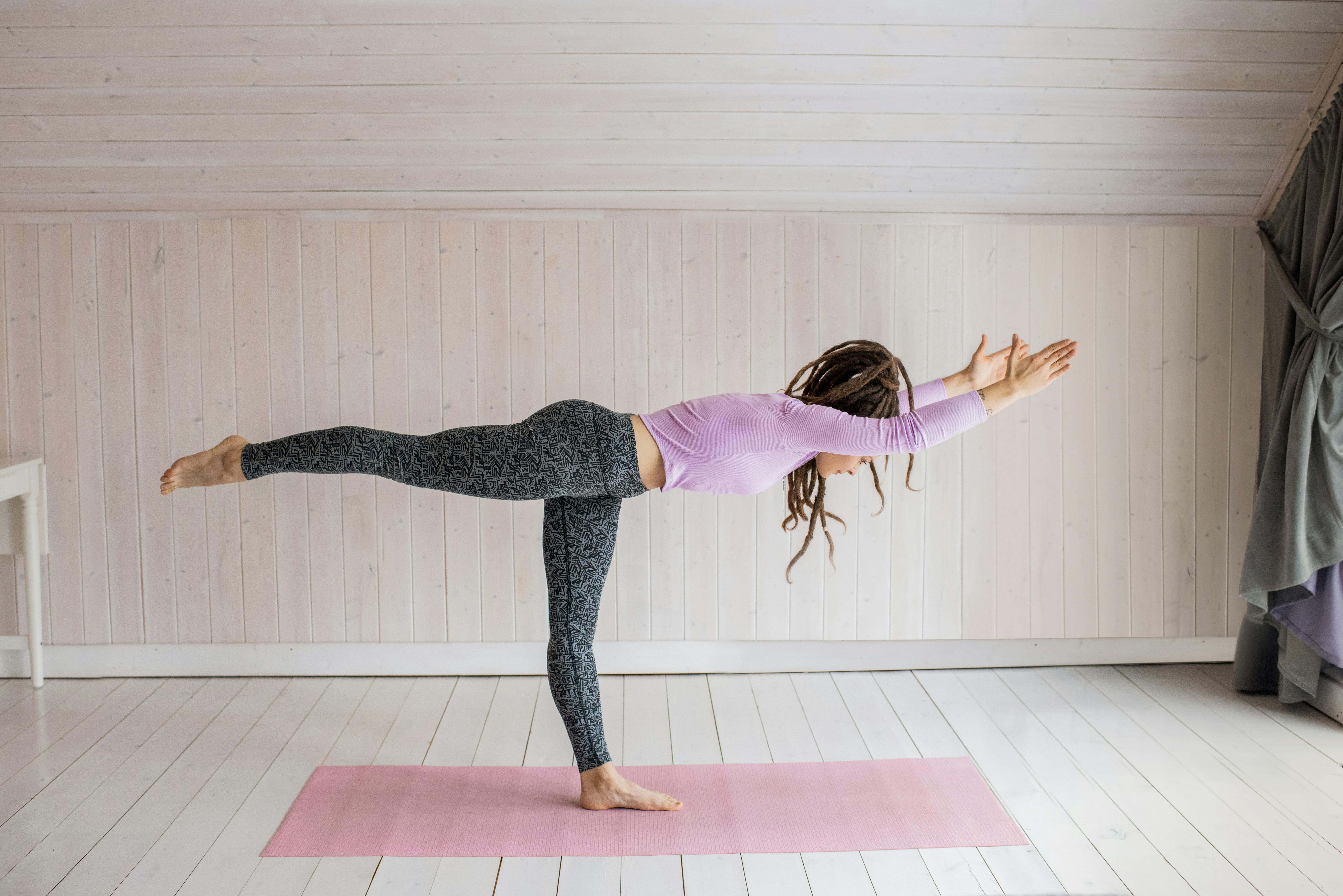
How To Strengthen The Mind-Body Connection With Somatic Movement
Your nervous system carries messages between your brain and body, influencing how you move, feel, and perceive the world around you. Paying close attention to these signals often leads to relaxed muscles, a brighter mood, and clearer thinking. Even small, intentional physical movements can help you feel more connected to yourself and better equipped to deal with daily pressures. By setting aside just a few minutes each day for gentle movement, you can support this important link and improve your ability to handle whatever comes your way. In less than ten minutes, you lay the groundwork for greater ease and focus.
Practicing gentle movement with attention rewires neural pathways for better balance, focus, and overall wellness. You don’t need fancy equipment or a studio. A quiet corner, a mat, and a willingness to explore sensation will do. The journey sparks curiosity and comfort in your own skin.
Understanding the Mind-Body Connection
Neuroscience shows that movement, touch, and breath send constant updates to your brain. This feedback loop shapes how you feel and perform. When communication runs smoothly, you respond faster to stress and recover more quickly from setbacks.
Somatic movement centers on sensing internal shifts instead of external appearance. By noticing subtle changes—like a quiver in your shoulder or warmth along your spine—you gather real-time data about your emotional and physical state. That insight prompts small adjustments that ripple through posture, breathing, and mood.
The Principles of Somatic Movement
- Internal Focus: Track sensations without judging good or bad.
- Slow Pace: Move deliberately to heighten awareness and precision.
- Breath Integration: Match inhalation and exhalation to motion phases.
- Micro-Adjustments: Shift weight or joint angle by millimeters.
- Rest Phases: Pause to absorb changes before resuming.
These principles guide you toward fuller presence. When you slow down, your body reveals hidden tension patterns. Recognizing these patterns allows you to release them consciously.
Over weeks, your brain rewires itself around new movement habits. Simple shifts become second nature, boosting comfort throughout the day. You’ll find yourself standing taller at your desk or walking with more ease on errands.
Practical Somatic Exercises
- Spine WaveSit comfortably. Inhale, tuck your chin and round your lower back. Exhale, lift your chest and arch your upper back. Repeat five cycles. Notice how each vertebra moves.
- Pelvic ClockLie on your back with knees bent. Imagine a clock on your pelvis. Tilt toward 12 o’clock and hold for three breaths. Then shift to 3, 6, and 9. Complete two rounds.
- Scapular AwarenessStand with arms at sides. Inhale, slide your shoulders toward your ears. Exhale, roll your shoulders down and back. Perform eight slow repeats, sensing muscle release.
- Foot Arch SculptStand barefoot. Spread your toes wide, then curl them. Draw your arch upward like a spring. Hold for three seconds, then relax. Do 10 reps per foot.
These routines take under fifteen minutes but deliver lasting benefits. Tracking subtle changes encourages you to push forward, deepening your practice.
Try adding music with a steady beat or ambient sounds to heighten focus. A timer set to gentle chimes can guide your pauses and transitions.
Integrate Somatic Movement into Daily Routines
You can weave somatic breaks into work or home tasks. Before a meeting, stand and roll your shoulders. After lunch, lie on your back and run the Pelvic Clock sequence. At night, wind down with a brief Spine Wave by your bedside.
Pair movement with daily habits. While waiting for coffee to brew, tilt your pelvis. During phone calls, stand and trace small circles with your hips. These quick resets break tension cycles and refresh your mind.
If you commute by transit, squeeze these exercises into your seat. Draw your shoulder blades together during stops. Flex and release your feet under the seat. These gestures strengthen awareness and help you stay calm amid city buzz.
Tips for Tracking Your Progress
- Keep a simple journal: Note your daily practice time and sensations felt.
- Record baseline measures: List joint range or posture comfort before starting.
- Use a habit tracker app: Check off small sessions to build momentum.
- Set weekly goals: Aim for consistent practice rather than length.
- Review monthly: Compare notes on tension, mood shifts, or pain levels.
Logging your journey highlights progress that might otherwise feel invisible. Some days you’ll feel looser; other days more aware of tight spots. Both experiences provide insight.
Celebrating small wins—like fewer headaches, better sleep, or easier squats—keeps motivation high. Share your notes with a friend to build accountability and spark new ideas.
Engaging with somatic movement encourages curiosity and self-care, helping you build resilience and find relief, clarity, and balance with just a few minutes of focused movement.